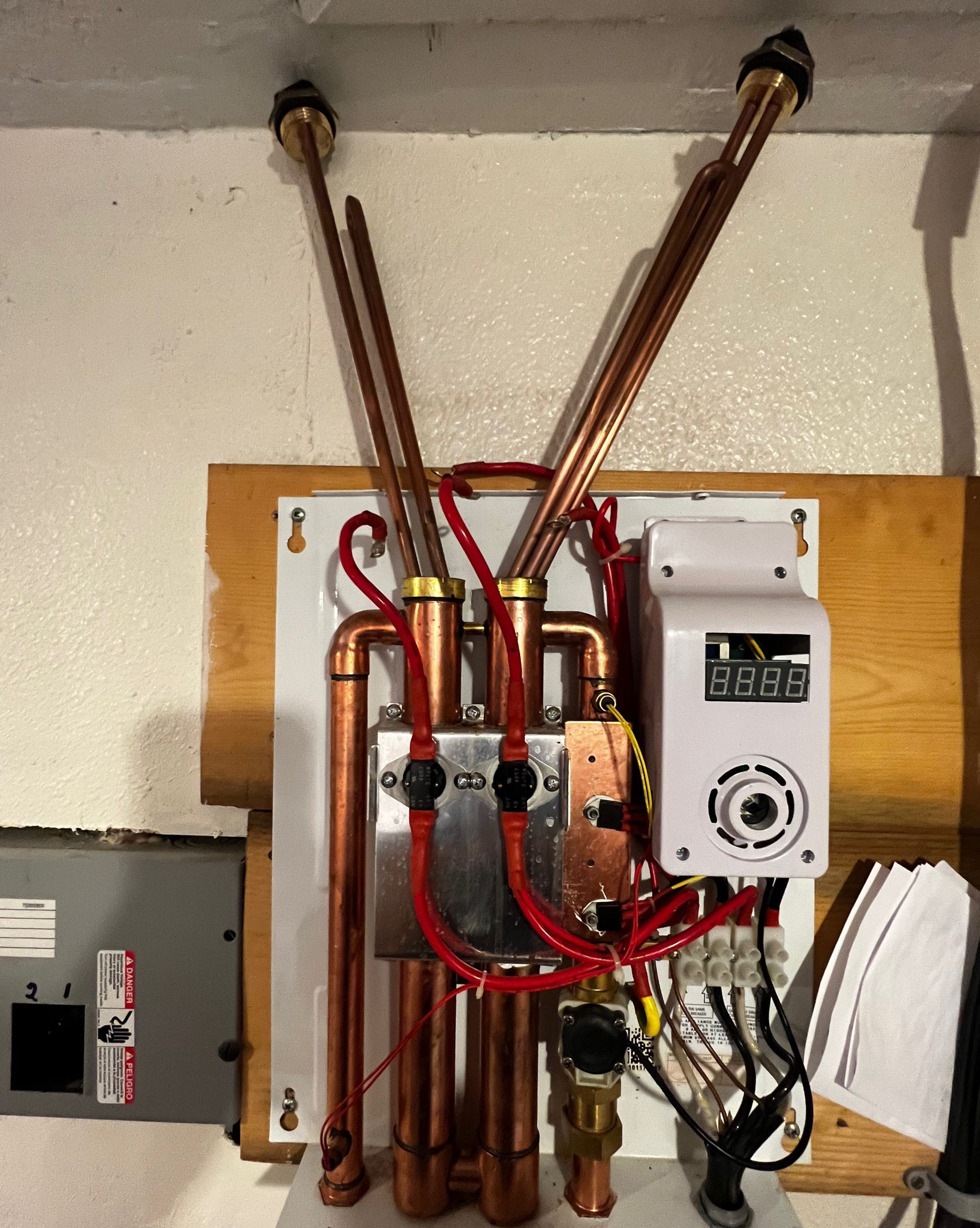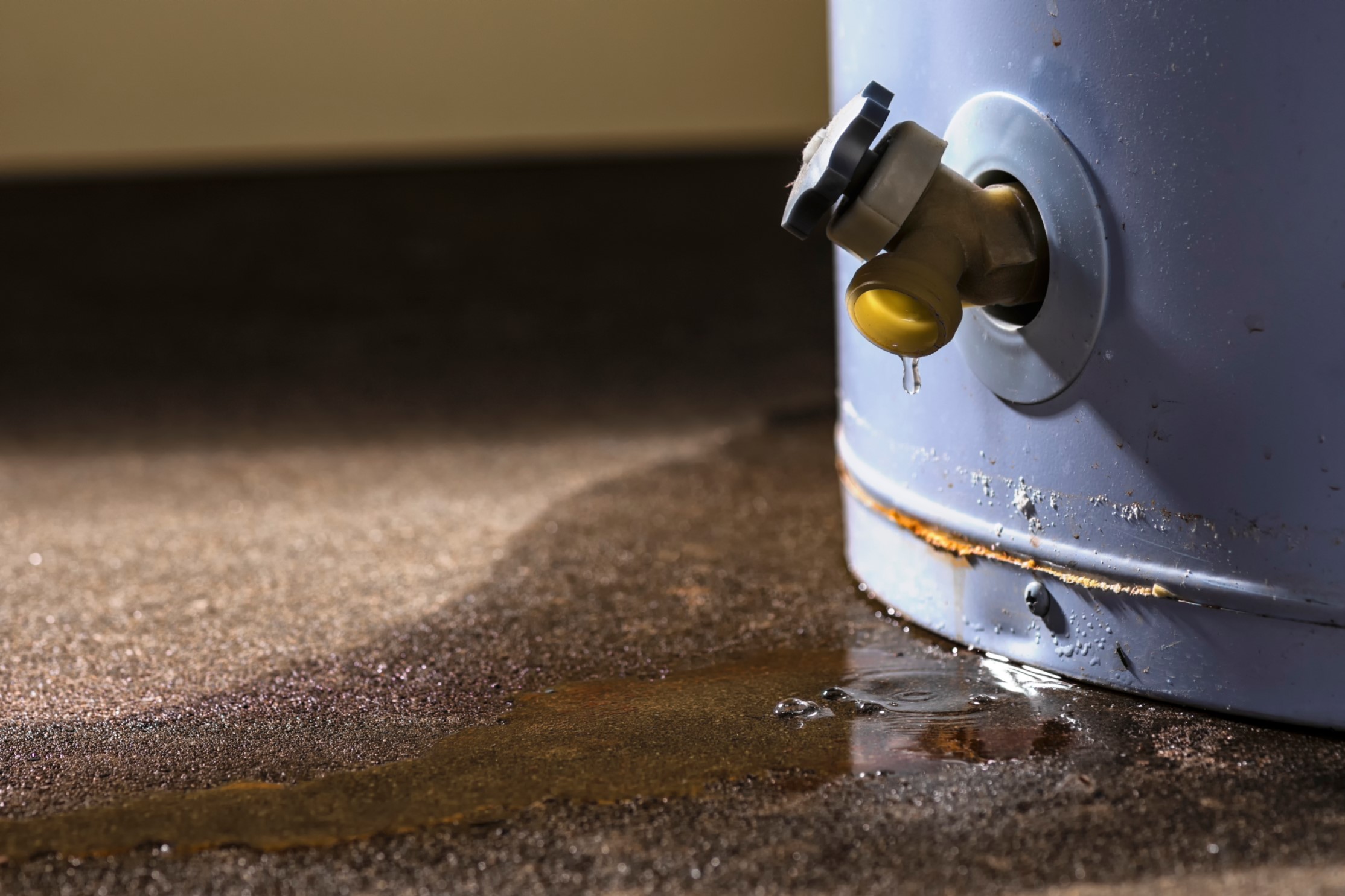In this article down the page you might get some awesome points about Water Heater Maintenance Tips You Can't Afford to Forget.

Warm water is important for everyday convenience, whether it's for a refreshing shower or washing meals. To guarantee your warm water system runs successfully and lasts longer, regular maintenance is crucial. This write-up provides useful ideas and understandings on just how to keep your home's warm water system to stay clear of disruptions and expensive repair services.
Intro
Keeping your home's warm water system may appear overwhelming, yet with a couple of straightforward actions, you can guarantee it runs smoothly for many years to find. This overview covers whatever from understanding your hot water system to DIY upkeep pointers and recognizing when to employ expert assistance.
Value of Preserving Your Warm Water System
Regular maintenance not only extends the lifespan of your warm water system yet likewise ensures it operates efficiently. Overlooking upkeep can bring about lowered performance, greater power bills, and even premature failing of the system.
Indications Your Hot Water System Requirements Upkeep
Understanding when your hot water system needs focus can protect against major issues. Look out for signs such as irregular water temperature level, odd sounds from the heating unit, or rusty water.
Flushing the Hot Water Heater
Purging your water heater removes debris build-up, enhancing effectiveness and prolonging its life.
Monitoring and Changing Anode Rods
Anode poles avoid corrosion inside the storage tank. Examining and replacing them when broken is essential.
Complex Concerns Needing Expert Help
Instances include significant leaks, electric problems, or if your hot water heater is regularly underperforming.
Regular Expert Upkeep Advantages
Specialist maintenance can consist of comprehensive assessments, tune-ups, and ensuring compliance with security criteria.
Examining and Readjusting Temperature Setups
Adjusting the temperature level settings guarantees optimum performance and security.
Do It Yourself Tips for Maintenance
You can do several maintenance jobs on your own to keep your warm water system in leading condition.
Looking for Leaks
Frequently check pipes and connections for leaks, as these can bring about water damage and higher costs.
Understanding Your Hot Water System
Before diving right into maintenance tasks, it's valuable to comprehend the standard parts of your hot water system. Generally, this consists of the water heater itself, pipes, anode poles, and temperature level controls.
Monthly Maintenance Tasks
Normal month-to-month checks can help catch minor problems prior to they rise.
Testing Pressure Relief Valves
Evaluating the stress safety valve guarantees it operates correctly and avoids extreme stress build-up.
Insulating Pipes
Insulating hot water pipes minimizes warm loss and can conserve power.
When to Call a Professional
While do it yourself upkeep is beneficial, some issues require professional knowledge.
Final thought
Normal upkeep of your home's warm water system is crucial for efficiency, long life, and price savings. By following these tips and knowing when to seek professional help, you can ensure a reliable supply of hot water without unexpected disruptions.
Water Heater Maintenance Tips
Test the TPR Valve
Shut off the power and the cold-water supply valve. Place a bucket under the pipe connected to the temperature-pressure-release (TPR) valve on the top or side of the tank. (This valve opens if the tank pressure gets too high.) Lift the valve’s tab to let some water out, then let go. If water keeps flowing, drain the tank partway, unscrew the old valve with a pipe wrench, and install a new one. Check the Anode Rod
Put a hose to the tank’s drain cock and let out a few gallons of water. Now fit a 1 1/16-inch socket onto the rod’s hex head on top of the heater (or under its top plate) and unscrew the rod. If it’s less than ½ inch thick or coated with calcium, buy a new one, wrap its threads with Teflon tape, put it back in the tank, and tighten securely. Use this segmented rod if headroom above the tank is limited. Drain the Tank and Wash Out Sediment
Drain the remaining water in the tank into the bucket, then stir up the sediment on the tank’s bottom by briefly opening the cold-water supply valve. Drain and repeat until clean water comes out of the hose. Close the drain cock, refill the tank, and turn its power back on. Adjust the Temperature
Find the temperature dial on the side of the tank and unscrew its cover. Adjust the dial to 120 degrees using a flathead screwdriver. For every 10 degrees the temperature is lowered, you can expect to save up to 5 percent in energy costs. Turn the water heater off or the thermostat down to its lowest setting if you plan to be away from home for more than three days. Insulate the Pipes
Buy some self-sticking 3/8-inch-thick foam pipe insulation that matches the pipes’ diameter. Slide the foam over the hot-and cold-water pipes as far as you can reach. Insulating the cold-water pipe prevents condensation in summer. Peel the tape and squeeze the insulation closed. If the pipe is 6 inches or less from the flue, cover it with 1-inch-thick unfaced fiberglass pipe wrap. https://www.thisoldhouse.com/plumbing/21016402/how-to-maintain-a-water-heater

As an enthusiastic reader on Tips For Maintaining Your Hot Water Heater, I thought sharing that excerpt was a smart idea. Sharing is good. One never knows, you may just be helping someone out. We value reading our article about Water Heater Maintenance Tips You Can't Afford to Forget.
Additional Information